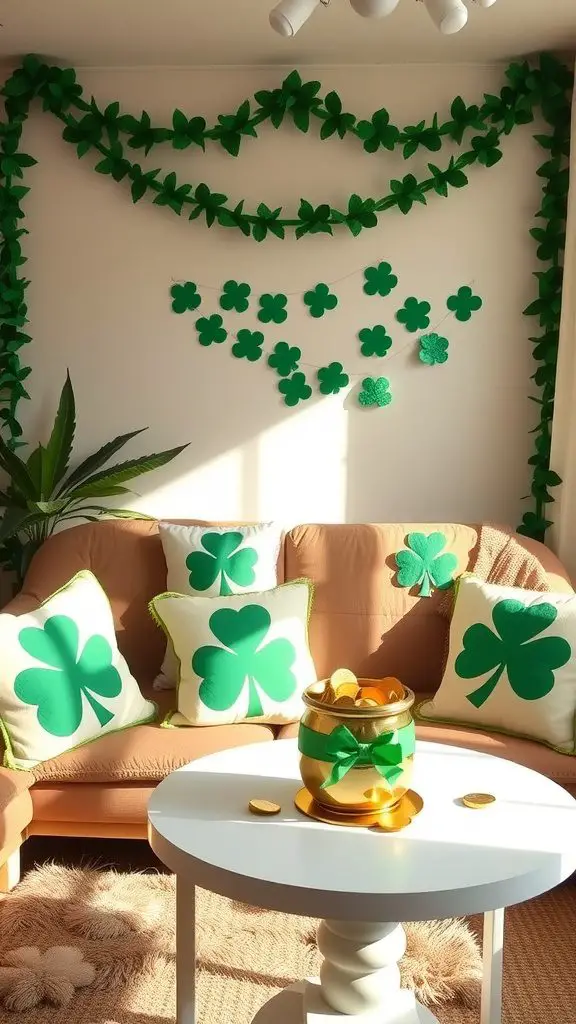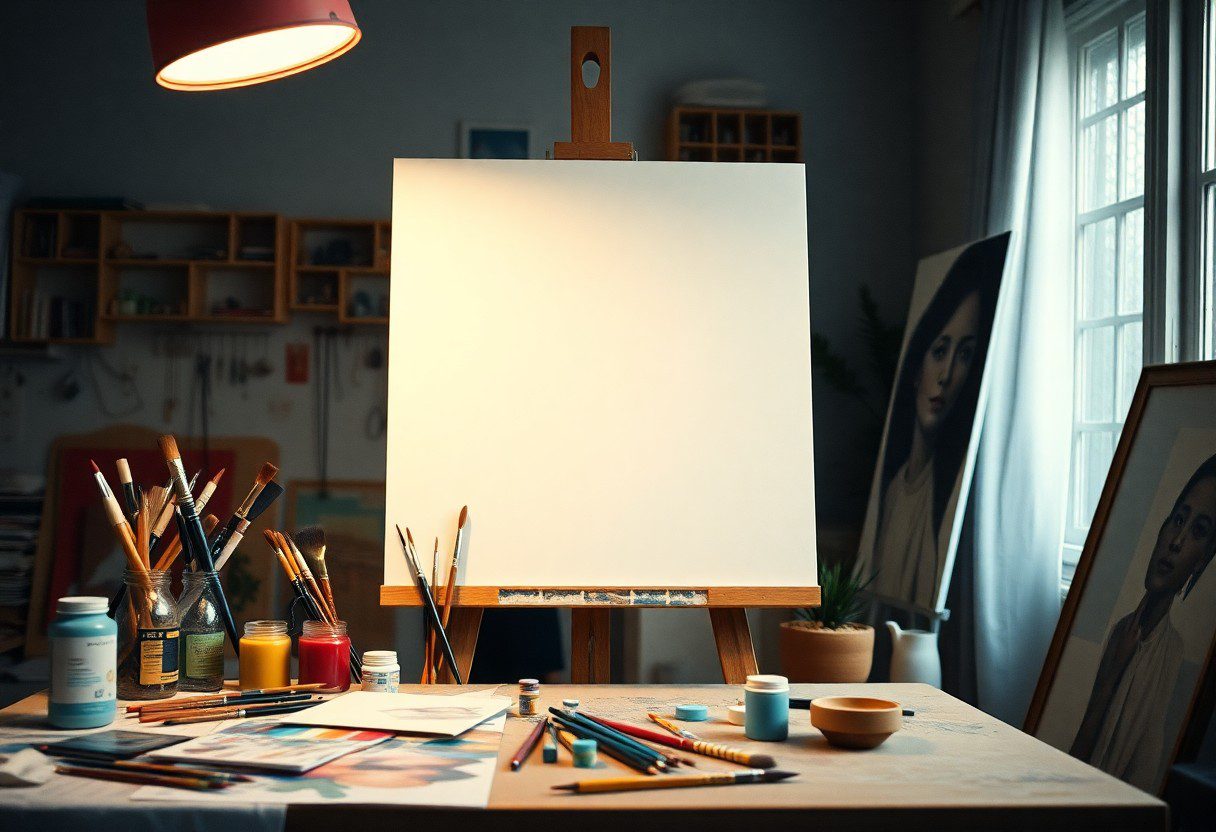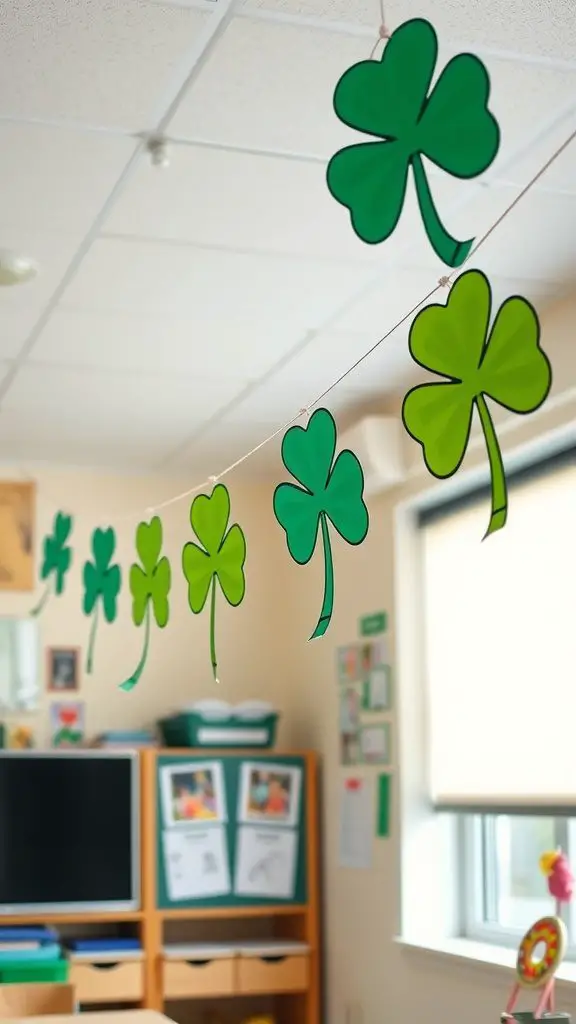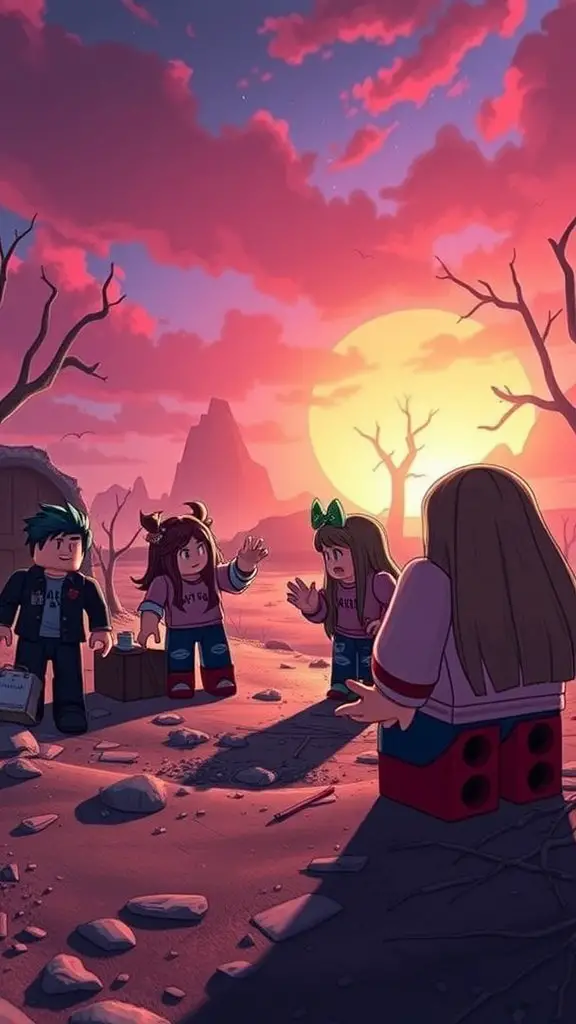Over time, you may have admired stunning portraits, wondering how to create your own. This DIY Portrait Painting Guide will equip you with the imperative techniques, tips, and tools needed to transform a blank canvas into a breathtaking masterpiece. Whether you’re a beginner or looking to refine your skills, you’ll find step-by-step instructions that will empower you to express your artistic vision while capturing the beauty of your subjects. Get ready to unleash your creativity and bring your unique style to life with vibrant colors and bold brush strokes!
Types of Portrait Painting
Your exploration of portrait painting will unveil various styles that cater to different aesthetic preferences. Each type has its unique characteristics and approaches. Consider these options:
| Traditional Portraits | Contemporary Styles |
| Realism | Abstract |
| Impressionism | Surrealism |
| Symbolism | Mixed Media |
| Classical | Street Art |
Traditional Portraits
Any portrait that leans on historical techniques or conventions falls into the category of traditional portraits. These paintings aim to capture the likeness, personality, and mood of the subject using well-established methods such as realism. Traditional portraits often employ oil paint on canvas or panel, delivering rich details and vibrant colors.
Contemporary Styles
An exciting realm of portrait painting emerges with contemporary styles. These artworks often lean towards the experimental, showcasing innovative techniques and concepts that challenge traditional norms. They invite you to explore various interpretations and can be much more abstract than their classical counterparts.
Plus, contemporary styles also embrace mixed media, allowing you to combine different materials and textures into your portrait. This creative freedom means you can express emotions and ideas in unique ways, moving beyond mere representation. Experimenting with colors, forms, and techniques can lead to striking pieces that resonate deeply with modern audiences.
Essential Tips for DIY Portrait Painting
You can elevate your portrait painting skills with these crucial tips:
- Start with a clear plan and understand your subject.
- Use a limited color palette to maintain harmony.
- Practice sketching light outlines before painting.
- Be patient; allow layers to dry before adding details.
- Don’t be afraid to make adjustments as you go.
Thou will notice significant improvement in your techniques with these guidelines.
Choosing the Right Materials
Choosing the right materials is key to achieving the desired results in your portrait painting. Invest in quality brushes, paints, and canvas, as these will influence the ease of application and overall finish. A variety of brush shapes and sizes will offer you versatility in detailing and blending, while higher pigment concentration in paints will provide richness and depth to your work.
Understanding Color Theory
Portrait painting greatly benefits from a solid understanding of color theory.
This knowledge helps you mix colors effectively and create a balanced composition. Understanding the color wheel allows you to see relationships between hues, which can enhance skin tones and convey emotion. Complementary colors can enhance contrast, while analogous colors can create harmony. By mastering color theory, you will be better equipped to render realistic portraits that captivate viewers.
Step-by-Step Guide to Creating Your Portrait
It’s time to transform your blank canvas into a stunning portrait! Follow this step-by-step guide to navigate each phase of your artistic journey.
| Step | Description |
| 1 | Preparing Your Canvas |
| 2 | Sketching and Outlining |
| 3 | Layering Paints |
| 4 | Adding Details and Finishing Touches |
Preparing Your Canvas
An necessary first step is ensuring your canvas is ready for painting. Begin by choosing a suitable size for your portrait and applying a primer or gesso to create a smooth surface. Allow it to dry completely before starting your artwork to ensure optimal paint adhesion.
Sketching and Outlining
Now, it’s time to sketch the basic outlines and proportions of your portrait. Use a light pencil or charcoal to create a rough draft, focusing on key features and overall composition. This step allows you to adjust elements before committing to paint.
Creating an accurate sketch is vital for a successful portrait. Use reference images to help capture details like facial structure and positioning. Take your time in this phase; the better your sketch, the easier it will be to layer paints and add details later. Consider adding guiding lines to assist with symmetry.
Layering Paints
Creating depth in your portrait involves layering paints effectively. Start with the base colors and gradually build layers to enhance shadows and highlights. Use a variety of brush techniques and mix colors to achieve the desired effect and vibrancy.
Your success in layering paints relies on patience and practice. Start with thin layers and allow each to dry before adding new ones for a richer and more dimensional painting. Don’t hesitate to experiment with different brush strokes and blending techniques to bring your portrait to life.
Adding Details and Finishing Touches
Your portrait will come alive as you add intricate details and finishing touches. Focus on the eyes, mouth, and other features to convey emotion and personality. Small highlights can significantly enhance the overall look.
Preparing to add details means observing your portrait closely. Use fine brushes for precision and take your time to ensure every aspect reflects your vision. Adjust colors as needed, and step back frequently to assess the overall balance of your piece, ensuring it meets your artistic standards.
Factors to Consider Before Starting
For a successful portrait painting experience, consider several factors that will influence your process and outcome:
- Your available resources – including materials and space
- Your artistic goals and vision
- Choosing the right subject for your portrait
- Your preferred painting style and techniques
Assume that taking the time to evaluate these aspects will lead to a more fulfilling artistic journey.
Time Commitment
Starting a portrait painting requires a dedicated time investment, as the complexity of capturing likeness and emotion can vary greatly. Set aside consistent hours for your project to ensure progress and allow yourself the necessary time to refine your work.
Skill Level and Experience
For achieving the best results in your portrait painting, assess your current skill level and experience with various techniques. Understanding where you stand can help tailor your approach and expectations, ultimately leading to a more satisfying experience.
Before submerging into your portrait work, it’s important to gauge your artistic background. If you’re a beginner, consider starting with simpler styles or techniques and gradually progressing. If you are more experienced, you may choose to tackle a more intricate piece. Adapting your approach to your skill set will enhance your overall enjoyment and success in creating a masterpiece.
Pros and Cons of DIY Portrait Painting
Unlike commissioned artwork, DIY portrait painting allows you to express your creativity and personal style. However, it’s important to weigh the pros and cons to determine if this artistic journey is right for you.
| Pros | Cons |
|---|---|
| Personalized expression | Skill level required |
| Cost-effective | Time-consuming |
| Satisfaction of creation | Potential frustration |
| Enhanced skills | Limited resources |
| Therapeutic process | Self-doubt |
Benefits of Creating Your Own Art
Any time you create your own art, you engage in a fulfilling process that can enhance your emotional well-being. By channeling your thoughts and feelings onto a canvas, you not only improve your skills but also foster a deeper connection with yourself. You’ll find joy in watching your vision come to life, giving you a sense of accomplishment and pride.
Potential Challenges and Pitfalls
Little do many realize, DIY portrait painting comes with its share of challenges that can impede your creative flow. From selecting the right materials to mastering painting techniques, you might encounter obstacles that make the process more daunting than enjoyable.
Cons of DIY portrait painting can range from technical difficulties in capturing likeness to the pressure of meeting your own expectations. You may experience creative block or frustration if things don’t go as planned, leading to feelings of inadequacy. Furthermore, inadequate materials can affect your final result, making it important to invest wisely in both supplies and your time. Stay persistent and patient, as these challenges are part of the growth process in your artistic journey.
Resources for Further Learning
Despite your current skill level, there are abundant resources available to help you refine your portrait painting technique. You can find insightful books, engaging workshops, and invaluable online resources that will deepen your understanding of the craft. Taking advantage of these educational tools will accelerate your growth as an artist and help you create stunning portraits.
Recommended Tools and Materials
Tools and materials play a significant role in your painting journey. Invest in quality brushes, paints, and canvases that suit your style and budget. Additionally, consider a palette for mixing colors, a sturdy easel, and appropriate mediums to enhance your artwork. Having the right tools at your disposal will empower you to express your creativity more effectively.
Online Tutorials and Courses
Now is an excellent time to explore online tutorials and courses that cater to portrait painting. You’ll find various platforms offering step-by-step guides and expert insights, enabling you to learn at your own pace.
For instance, websites like Skillshare and Udemy offer a range of classes taught by experienced artists, covering everything from basic techniques to advanced portraiture methods. You can choose specific topics that interest you, whether it’s color theory, proportions, or brush techniques. These resources will complement your practice and inspire new ideas, helping you transform your blank canvas into the masterpiece you envision.
Final Words
Following this DIY portrait painting guide, you have equipped yourself with the skills and knowledge to transform a blank canvas into a stunning masterpiece. By embracing the techniques and tips outlined in this guide, you can confidently express your creativity and develop your unique artistic style. With patience and practice, you will find joy in the process, allowing your imagination to flourish with each brushstroke. So gather your materials and unleash your talent—your journey in portrait painting awaits!
FAQ
Q: What materials do I need to start my DIY portrait painting?
A: To begin your DIY portrait painting, you will need a canvas or canvas board, acrylic or oil paints, a set of brushes in various sizes, a palette for mixing colors, a palette knife, a pencil for sketching, and a reference photo or model for your portrait. Additionally, having a cup of water (for acrylics) or solvents (for oils), as well as rags or paper towels for cleaning, will be helpful.
Q: Do I need prior painting experience to create a portrait?
A: No prior painting experience is necessary to create a portrait using this guide. The ‘From Blank Canvas To Masterpiece’ approach is designed to be accessible for beginners. It progresses through step-by-step instructions, allowing you to learn and develop your skills as you paint. The focus is on practice and exploration, making it enjoyable regardless of your skill level.
Q: How can I choose the right reference photo for my portrait?
A: Selecting a suitable reference photo is vital for your portrait painting. Opt for a photo with good lighting, clear details, and an appealing expression or pose. Ideally, the photograph should be taken from eye level and feature a well-defined subject. If you are new to portrait painting, it might be helpful to start with a simple image that showcases fewer complex features to build your confidence.
Q: What techniques should I focus on while painting a portrait?
A: When painting a portrait, concentrate on several key techniques. Start with sketching the basic outline of the face and features lightly with a pencil. Then, layer in skin tones and shadows, paying attention to the light source in your reference photo. Blending colors will help create a three-dimensional look, and using smaller brushes for details such as eyes and lips can enhance realism. The guide offers a range of techniques to explore, encouraging experimentation as you work.
Q: How can I improve my portrait painting skills over time?
A: Improving your portrait painting skills involves practice, critique, and learning from others. Set aside regular time for painting sessions, and consider taking classes or workshops to gain new insights. Additionally, seek constructive feedback from fellow artists or art communities, and analyze portraits by other artists to understand different styles and techniques. Embrace mistakes as learning opportunities and consistently challenge yourself with more complex subjects as you progress.




